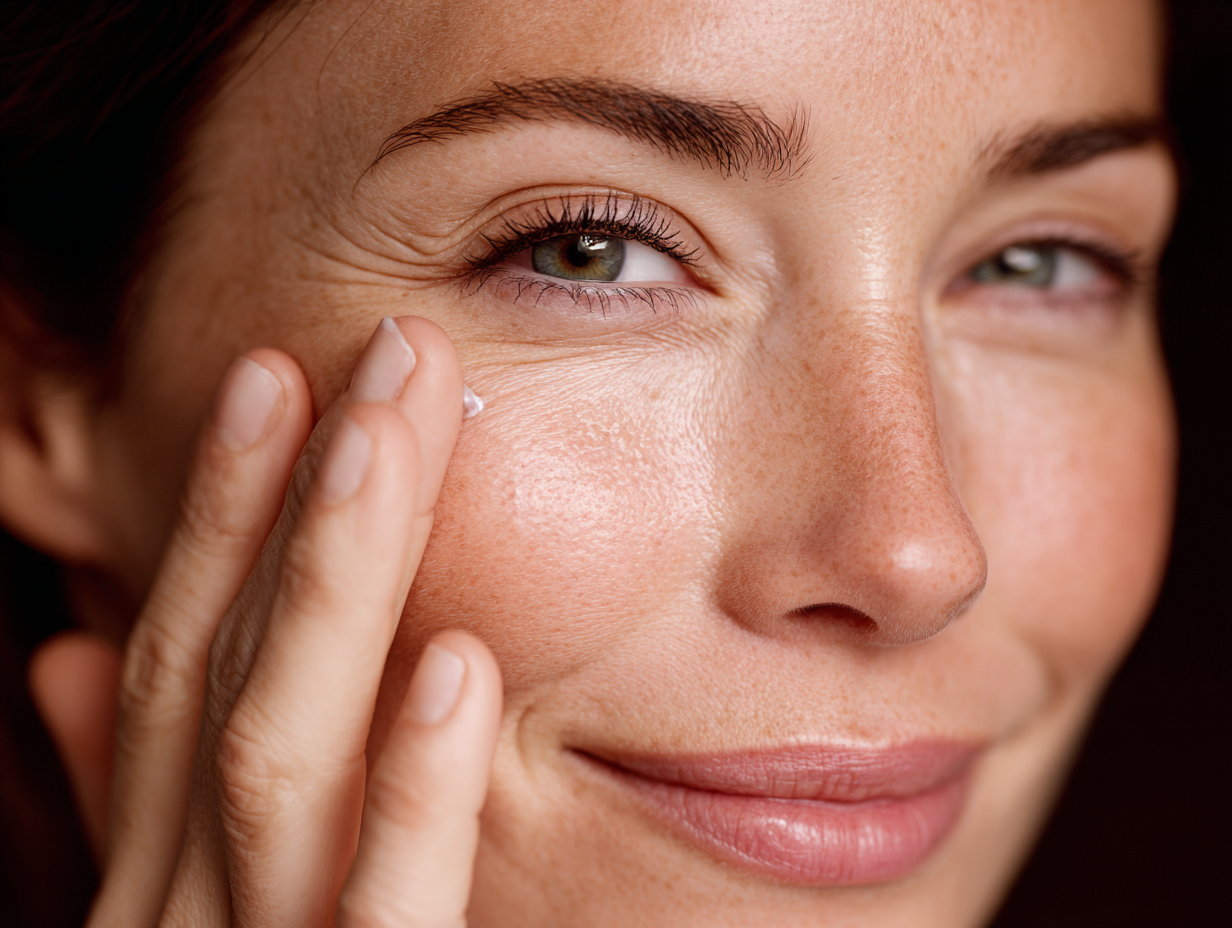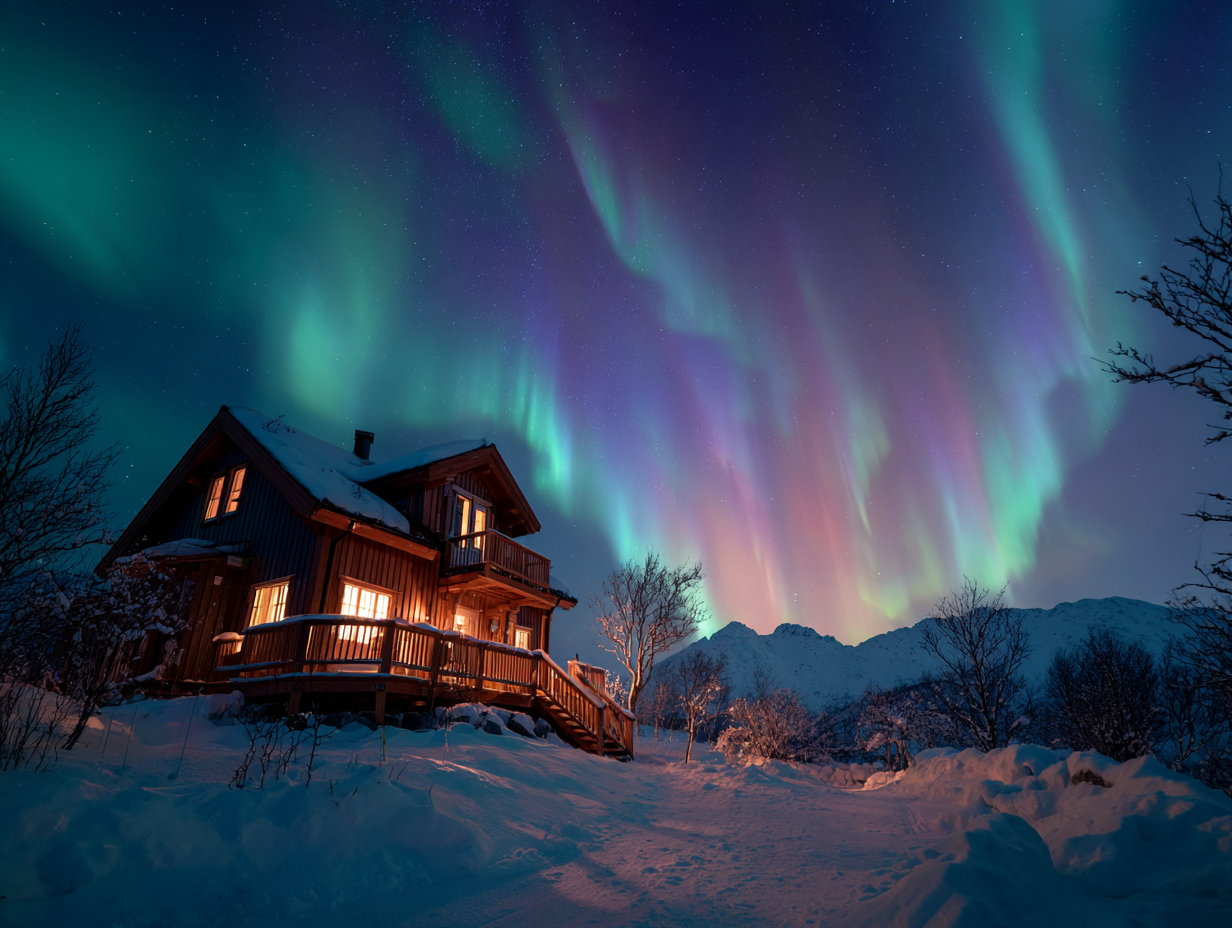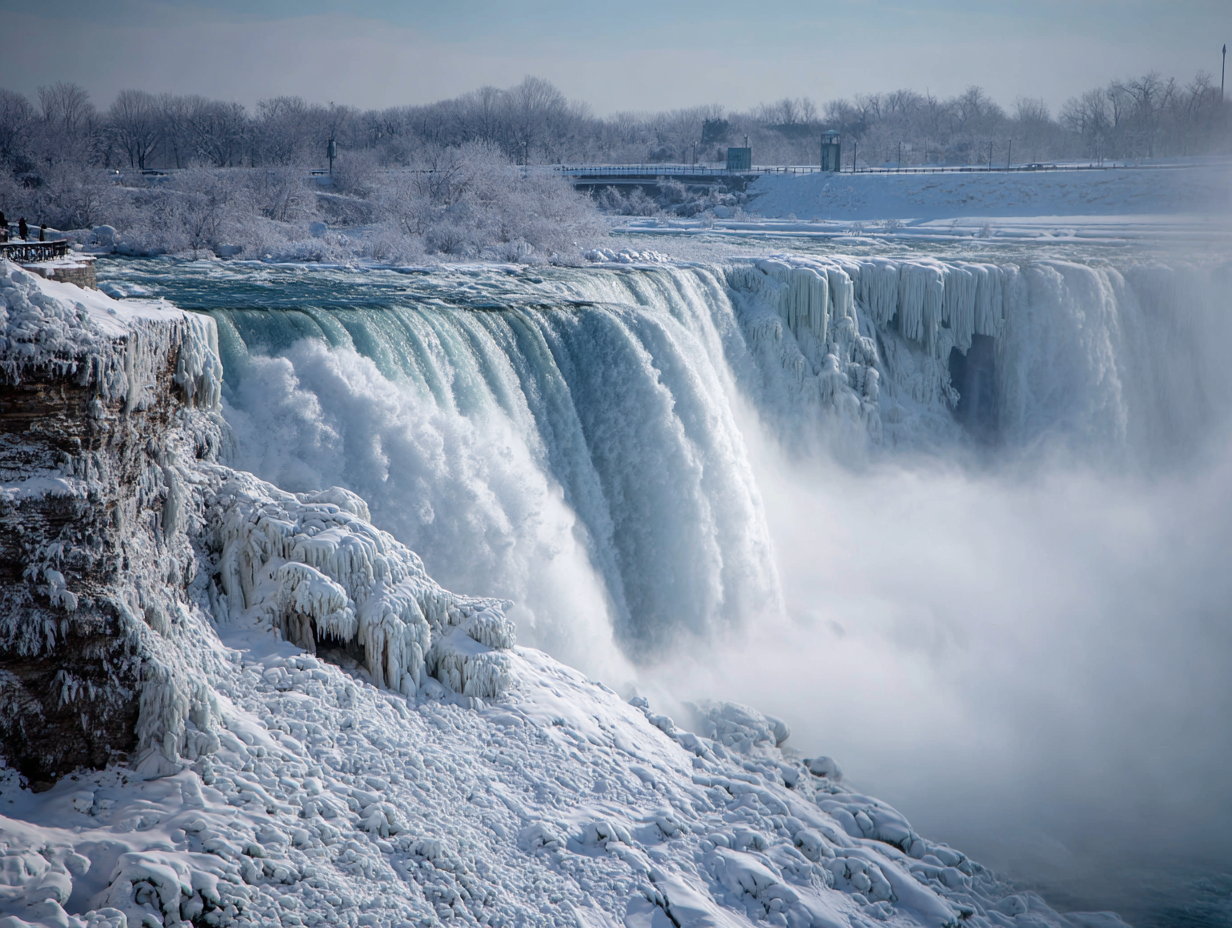Editor Picks
Sorry, Posts you requested could not be found...
latest posts
From long flights to changing climates, travel can stress your skin. Discover travel-friendly skincare essentials that help hydrate, protect, and balance your skin wherever you go.
Between changing climates, long flights, pollution, and irregular routines, travel can take a serious toll on your skin. The smartest travellers know that packing the right skincare essentials can make all the difference. From barrier-repairing moisturisers to acne-fighting serums, these five brands offer travel-friendly solutions that keep your skin balanced, calm, and glowing, wherever your journey takes you.
1. PHD Beauty
Oily skin needs hydration to stay balanced, when it’s dehydrated, it often overcompensates by producing excess oil. PHD Beauty’s 3% Niacinamide Oil-Free Moisturizer is designed to address exactly that. Powered by 3% Niacinamide, Centella Asiatica (CICA), and Tripeptides, it helps regulate sebum, soothe irritation, and improve overall skin texture—without feeling heavy or greasy.
What truly sets PHD apart is the PHD Council, a prestigious collective of globally respected dermatologists from India, the USA, and the UK. Backed by decades of clinical expertise, every formula is held to the highest dermatological standards, ensuring effective, science-backed skincare with visible results, perfect for skin under travel stress.
2. Pilgrim
When travel triggers breakouts or leave behind stubborn acne marks, Pilgrim’s 10% Niacinamide & 1% Zinc PCA Serum steps in as a reliable skin reset. This high-performance formula works to fade acne marks, reduce dark spots, and visibly brighten the skin.
Niacinamide (Vitamin B3) helps even out skin tone and reduce hyperpigmentation, while Zinc PCA controls excess oil and supports clearer skin. Enriched with Korean White Lotus, a powerful antioxidant-rich ingredient, the serum also improves overall skin health and radiance. Non-toxic and fragrance-free, it’s an easy, effective solution for travellers looking to maintain clear, even-toned skin on the go.
3. Re’equil
Ceramides are essential for maintaining the skin’s protective barrier—especially during travel, when dehydration and environmental exposure are common. Re’equil’s Ceramide & Hyaluronic Acid Moisturiser is designed to strengthen the skin barrier, lock in moisture, and prevent transepidermal water loss. Lightweight yet deeply nourishing, it helps skin stay resilient against dry cabin air, pollution, and climate change. Ideal for sensitive and compromised skin, this barrier-repair formula ensures your skin stays calm, hydrated, and comfortable throughout your journey.
4. Mago
Achieve clearer, brighter, and more radiant skin wherever you travel with this concentrated exfoliating powder cleanser. The charcoal-based formula activates on contact with water, while natural fruit enzymes gently cleanse and exfoliate — perfect for removing travel grime and pollution. Enriched with antioxidant-rich Vitamins A and E, it helps refresh and revive tired skin, all while being gentle enough for daily use and easy to pack. Mago is a men’s grooming brand designed for modern, on-the-move lifestyles, making skincare simple with result-driven, scientifically backed formulations. With a strong focus on ingredient transparency and real skin concerns, The Official Mago is reshaping conversations around purposeful men’s skincare in India. Thoughtfully created for the urban traveller, the brand reflects a growing awareness of self-care, health, and smart grooming choices, even when you’re away from home.
5. Dot & Key
Travel can leave skin dull and tired, and Dot & Key’s Vitamin C + E Sunscreen or Moisturiser helps bring back that glow while offering essential protection. Packed with antioxidants, these formulas defend against environmental stressors while brightening and hydrating the skin. Lightweight, quick-absorbing, and easy to reapply, Dot & Key products are ideal for on-the-go routines, ensuring your skin stays fresh, protected, and radiant from takeoff to touchdown.
The final days of the year carry a different kind of energy. Don’t you think so too? Some plan intimate family get-togethers, some go on solo trips, and some prefer to stay home with some great snacks and their favourite shows on. Whatever your plan is this year, it wouldn’t hurt to give this a look. Here, we have some of the best travel ideas to end your year with. Even if you are a slow traveller, or a party animal, or someone in between, we have got you all covered. From glowing northern lights to deserts, islands, and wildlife adventures, these five travel ideas offer powerful ways to close the year on your own terms.
Chase the Northern Lights
Ending the year beneath the aurora borealis is one of the most surreal travel experiences on Earth. And romantic too. Check out places like Tromsø in Norway, Abisko in Sweden, and Rovaniemi in Finland—the Arctic Circle wonders. Here, long winter nights create ideal conditions for witnessing the incredible Northern Lights or the Aurora Borealis. During the day, enjoy the stunning snow-blanketed landscapes, frozen lakes, dog-sledding adventures, reindeer encounters, and glass igloo stays. It’s a unique party in the sky.
Ring in the New Year in a desert under a sky full of stars
For those who want to escape noise and crowds, the stillness of a desert is unforgettable and special. The Thar Desert in Rajasthan, Wadi Rum in Jordan, or even parts of Morocco’s Sahara can become your year-end magical journey. This is the kind of travel where we find ourselves, where travel turns soulful—of course, for discerning travellers. Spend your days exploring dunes, ancient rock formations, and remote desert settlements; nights can be for campfires under star-filled skies. These places reveal the Milky Way in stunning clarity due to the absence of light pollution. Why not give it a go?
Year-end tropical island adventure
Nothing beats the soothing sound of waves and the feel of warm ocean air. Island destinations such as the Maldives, Mauritius, Phu Quoc (Vietnam), and Sri Lanka’s southern coast are ideal for travellers seeking rest, sunshine, and unhurried living at year’s end. Here, spend your days swimming, snorkelling, enjoying spa rituals, sighting dolphins, and having long seaside meals, while evenings can be kept aside for soft celebrations like romantic beachside dinners.
End the year with a thrilling safari
A safari is one of the most unexpected yet unforgettable ways to close the year. Destinations like Masai Mara (Kenya), Serengeti (Tanzania), or India’s Kanha, Bandhavgarh, and Kabini offer immersive experiences in nature, far removed from urban celebrations. In these places, days begin with adventure-filled morning game drives and golden sunsets over grasslands, and evenings are for listening to forest sounds rather than fireworks. Ending the year on safari reconnects travellers with nature.
World’s iconic New Year cities
For travellers who believe the year should end with energy and spectacle, some cities host New Year’s Eve like nowhere else. For instance, cities like New York City, Sydney, Rio de Janeiro, Dubai, and Edinburgh are legendary for their countdowns. From Times Square’s electric atmosphere to fireworks over Sydney Harbour, beachside celebrations in Rio, and historic street parties in Edinburgh, these cities turn the final night of the year into a one giant party.
Does Niagara Falls freeze over in winter? Here’s the truth
Come winter, without fail, you will start to read about how Niagara Falls has frozen, and it looks ethereal to say the least. Then come the photos of one of the world’s most powerful waterfalls, completely frozen over. The reality is far more intriguing. Well, let us burst the bubble – Niagara Falls never fully freezes, no matter how cold it gets. That’s because it’s just an enormous volume of water, over three million litres per second, continuously surging over the edge, generating enough movement and energy to prevent the falls from freezing solid. It just can’t freeze over. But here’s what it can do: It can look stunning! The falls may not freeze but the surroundings can, and freeze they do.
The mist rising from the crashing water freezes on contact with rocks, cliffs, trees, and walkways. Ice accumulates along the edges of the falls and the Niagara River, creating the illusion of a frozen cascade. This partial freezing reshapes the entire landscape, turning Niagara Falls into one of the most spectacular winter sights in North America.
Ice formations create a natural amphitheatre
As the mist from the falls rises and freezes, it gradually builds massive ice structures around the gorge. These frozen formations cling to cliff faces and viewing platforms, growing thicker with each passing cold day. So this actually resembles frozen waves. And sometimes they look like towering walls of ice, sculpted by wind and spray. The drama of the contrast between the smooth, flowing water and the jagged, textured ice is worth witnessing.
Snow transforms the landscape into a winter fairytale
Chasing snow this winter? Add waterfall to the chase and you will get Niagara Falls. Winter snowfall leaves the Niagara region in white, turning the landscape into something dreamy and dramatic at the same time, and dramatic in a good way of course. Snow-covered trees line the riverbanks, and pathways glisten with frost. The view is to die for. For photography enthusiasts, this seasonal palette is one of the best and most rewarding.
Magic of frozen river edges and ice fields
This is what happens: During prolonged cold spells, the Niagara River develops thick ice along its edges, sometimes extending far upstream. Large ice sheets and floes collect near the falls, slowing the river’s surface flow and creating the illusion of a frozen river. But mind you, it’s never completely frozen. Because of these ice buildups, the talk of Niagara freezing over likely began in the first place.
Icy mist creates a shimmering, otherworldly atmosphere
The constant spray rising from the falls freezes almost instantly in winter air, coating everything it touches in fine ice crystals. If the spray touches the trees, expect to see snow-dusted trees. And that is a sight to behold. To say there is a nip in the air would be an understatement. If you thought this was dramatic, wait till you hear the sound of the waterfall.
Winter means unhurried and intimate holiday
Visit Niagara Falls in summer, and the experience can be overwhelming. And by experience we mean the crowd. Come winter, the crowds thin out, allowing you to have an unhurried holiday where you can enjoy all the attractions at your own pace.
What makes you fall in love with a country you visit or you dream of visiting? How to answer this, right? Well, admiration for a country is, more often than not, shaped by far more than tourism or economic strength alone. Factors such as trust in government, quality of life, safety, environmental responsibility, cultural appeal, and global behaviour all play a role in how nations are perceived internationally. Each year, the Reputation Institute measures these perceptions to determine which countries enjoy the strongest global reputations. Let’s look at what the study revealed. Here are the 10 most loved countries in the world in 2025.
Canada
The world loves Canada, and it’s no surprise. According to the report by Reputation Institute, Canada leads the 2025 ranking due to its global image as one of the world’s most welcoming and inclusive societies. It consistently scores high for political stability, safety, public healthcare, education, and social cohesion.
Norway
Norway’s strong reputation is built on transparent governance, economic security, and a high standard of living. The country is admired for its responsible management of natural resources, commitment to environmental protection, and comprehensive social welfare system. Norway’s dramatic landscapes draw in travellers from across the world, and strong human development indicators further enhance its global appeal.
Sweden
Sweden is widely respected for its progressive social policies, innovation-driven economy, and focus on sustainability. The country is seen as a global leader in environmental responsibility, gender equality, and work-life balance. Its reputation also benefits from strong public institutions and a culture that prioritises social well-being.
Switzerland
Switzerland’s reputation rests on neutrality, political stability, and economic resilience. Known for precision, efficiency, and high-quality infrastructure, the country scores highly for governance and safety. Its alpine scenery is loved by travellers, and financial credibility, and strong public services is loved and admired by those looking to spend longer time in the country. All these contribute to its image as one of the most reliable and well-managed nations in the world.
Australia
Australia’s high quality of life, strong education system, and relaxed lifestyle are the reasons why we find the country in the list. The country is admired for its openness, cultural diversity, and world-famous natural attractions. Australia’s stable economy and reputation as a desirable destination for both travel and migration strengthen its standing in global perception rankings.
Finland
Of course, the happiest country in the world has to be on the list of most loved countries. Finland continues to be admired for its education system, social trust, and governance model. Often ranked among the happiest countries in the world, Finland is known for its low corruption levels, strong public institutions, and focus on citizen well-being.
New Zealand
Lakes, grasslands, Lord of the Rings, sheeps, what’s not to love when it comes to New Zealand? The country’s stunning natural landscapes, environmental consciousness, and approachable governance always win hearts. The country’s emphasis on sustainability and social cohesion contributes to its positive global image. It is also seen as safe, peaceful, and well-governed, making it highly respected internationally.
Denmark
Denmark is known for social equality, happiness, and urban liveability. It is admired for its strong welfare system, green energy leadership, and people-centric urban planning. With so many facilities around for residents and travellers, it’s easy to fall in love with Denmark. The country’s reputation is closely linked to low inequality, and a high quality of everyday life.
Netherlands
The Netherlands, recognised for its open society, innovation, and efficient governance, has always been one of the most preferred holiday destinations, not just for the young, but for the elderly as well. The country’s reputation is due to progressive social values, strong infrastructure, and a business-friendly environment. The country’s role in global trade, diplomacy, and sustainable development adds to its international respect.
Belgium
Belgium on the list is expected. The country’s strengths lie in healthcare, governance, and cultural heritage. The country is a key hub for European Union institutions, and also plays an important role in international diplomacy. Its reputation is also supported by high living standards and a strong public services network.



